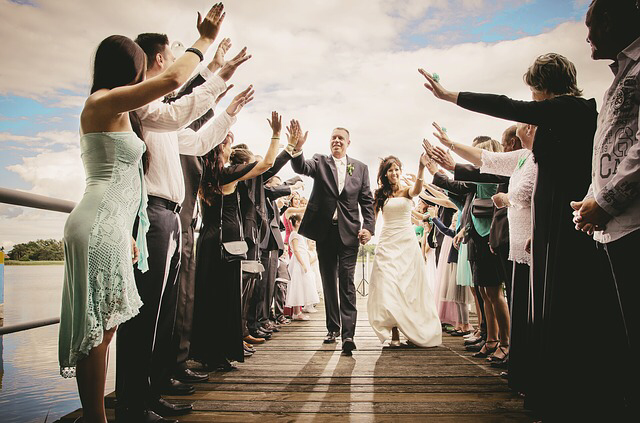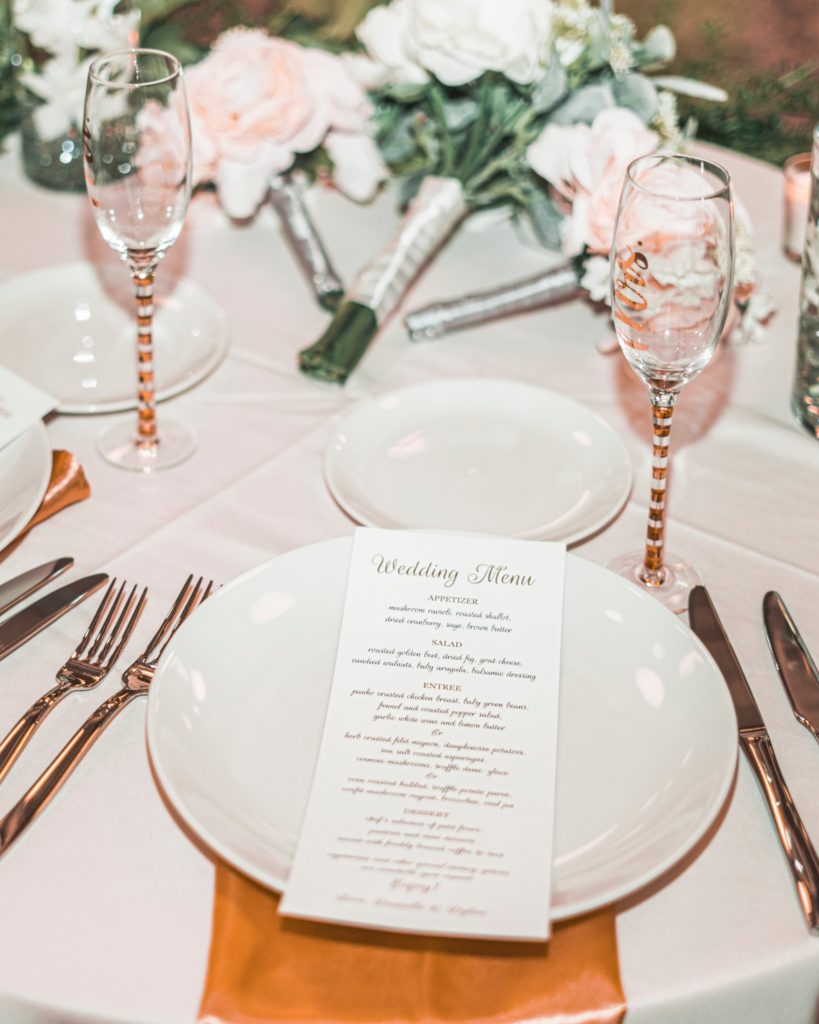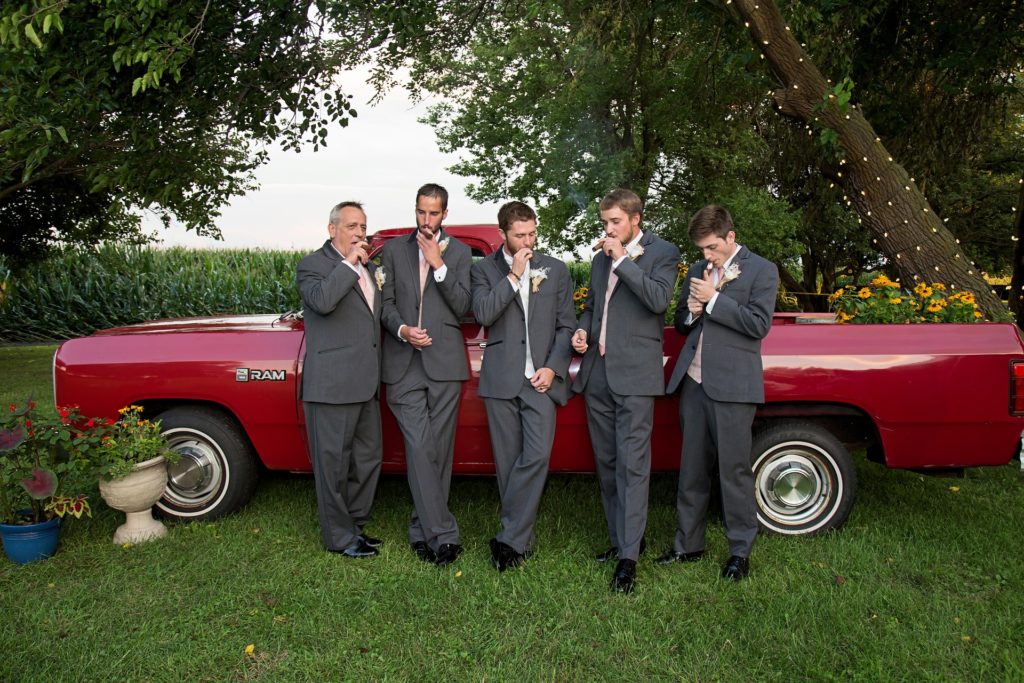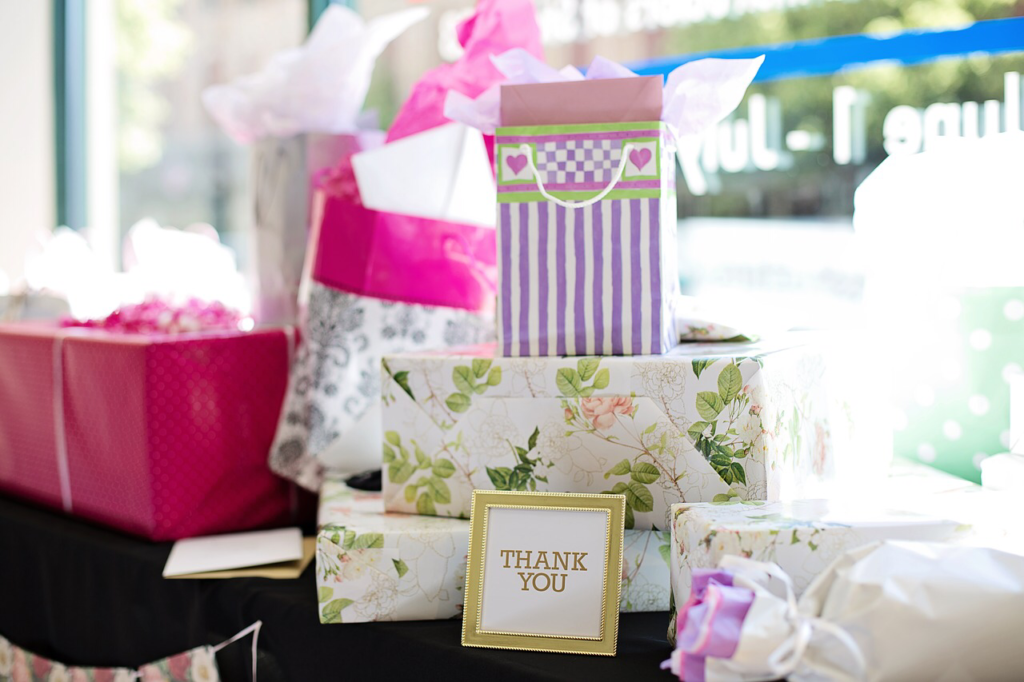Wedding traditions have a varied history across the world, and of course in the UK we are no different!
We Brits can be a quirky bunch, and with a rich and vibrant history behind us, it’s no surprise that we have amassed a number of interesting wedding traditions and superstitions along the way. The chances are, without thinking too much about them you will adopt some of these wedding traditions on your own wedding day.
But what do they mean and where do they come from? Find out more in our guide below:
Giving away the bride
Nowadays this can be one of the most moving parts of the ceremony, as the tearful father walks his daughter down the aisle.
The history however is not quite so endearing – stretching back to the Middle Ages where arranged marriages were the norm and the daughter was considered to be the fathers property.
The bride was then literally sold to the groom – usually for a sizeable dowry and the giving away of the bride symbolised this exchange.
The white dress
In years gone by, the bride would wear her best dress no matter what the colour.
But when Queen Victoria wed Prince Albert in a sparkling ivory white dress in 1840, she set the trend and white became the fashionable wedding dress colour thereafter.
In the UK and USA, it would now be very unusual for a bride to be wearing a wedding dress of any other colour.
The day you get married
A lot of thought used to go into the day you got married, beyond saving a few pennies in your wedding budget which can be the case nowadays.
Each day was supposed to bring a different kind of luck, as signified in the following wedding rhyme:
Monday for health.
Tuesday for wealth,
Wednesday the best day of all;
Thursday for crosses,
Friday for losses,
And Saturday no luck at all!
As you can see from this, Wednesday was often the most popular day.
As times – and both weddings – have moved forward and changed significantly, Saturday is now the most popular day.
All the better for giving you some time to recover from the wedding shenanigans before returning to work on Monday.
Down on one knee
The done thing for any self respecting suitor is to get down on one knee to pop the question – but where did this tradition stem from?
Sources are unconfirmed, but could link to religious practices in which kneeling in front of someone demonstrates respect and deference.
In the Middle Ages, getting down on one knee was called genuflection and men would undertake this for a chosen lady.
It also demonstrates vulnerability from the proposer, symbolically offering themself to the bride (along with a nice ring of course.)
Something old, something new, something borrowed, something blue
Based on an old Victorian rhyme, the old represents the past, and the new for good fortune and optimism for the future.
Something borrowed symbolises borrowed happiness, given by the husband to the bride and something blue stands for love, purity and infidelity (and may also be to ward off bad spirits.)
Often forgotten, the rhyme also refers to a sixpence in your shoe which is rarely quoted and stands for wealth and prosperity.
Why can’t the couple see each other before the ceremony
Dating back to the time of arranged marriages, this wedding tradition was to stop the couple seeing each other beforehand to prevent them from backing out.
Nowadays it’s seen as unlucky to see each other on the morning. As the bride and groom tend to already be fairly familiar with each other, this acts to build up the excitement and anticipation of the day more than anything else.

Wedding rings
Dating back to ancient Egyptian times, the oldest exchange of rings is thought to have taken place up to 4800 years ago.
The circular shape of the ring was thought to symbolise eternity. With no beginning or end and the hole in the middle of the ring bearing significance believed to be a gateway to things unknown. The giving of the ring symbolises eternal love.
In their earliest incarnations they were made from rushes and reeds braided together which understandably didn’t last very long.
These were later replaced by rings made of bone, ivory or leather. The greater the value of the material demonstrated the wealth of the giver. This was also supposed to demonstrate the ‘greater’ love given to the receiver (not all that different from today!)
Find out more about choosing the perfect engagement ring here.
Why does the bride always stand to the left of the groom?
Get your swords at the ready gentleman!
Harking back to more feudal times, the wife to be would always stand to the left side of the groom during the ceremony so that he is able to access and use his sword hand (generally the right) to defend her and fight off any form of attack.
Generally, the lucky man would need to battle any individual who was attempting to take his better half. For the most part individuals from her own family, since they often thought that she may have been stolen!
What are the origins of hen and stag do’s (also known as batchelorette and batchelor) parties?
The last hurrah! Who doesn’t love a good hen or stag do.
But where do they originate from?
Dating back to the middle ages, one of the first recorded stag do’s was a pre-wedding feast held in Sparta in the 5th century.
Hen do’s are also said to have originated from the Middle East, North Africa and Asia. The term ‘hen party’ is said to date back to the 1800’s in which it alluded to a gathering of ladies.
In old England, the word ‘hen’ could be used to refer to a female of any species (not just a bird.) Likewise, the term ‘stag’ would also be used to refer to the male – hence the use of the terms hen party and stag party became popular.
This can vary in different countries – in the US for example, they are often referred to as bachelorette and bachelor parties.
Either way, the hen and stag parties bring the opportunity for a fantastic blowout to wave goodbye to your youth and herald the start of your new life as married couple.
Enjoy!
The wedding cake
Baked treats such as cakes, bun and pies, have played a role in British weddings for a number of centuries.
It’s said that during medieval times, the man of the hour needed to attempt to kiss the bride over a heap of sweet bread rolls to secure the couples future prosperity.
By the 1800’s the custom had changed and relatives would leave a cake hidden beneath the bride’s pillow.
Fast forward to current times and the tradition of cutting the cake is a lot less messy. Prior to them symbolically trying to feed a slice to each other of course!
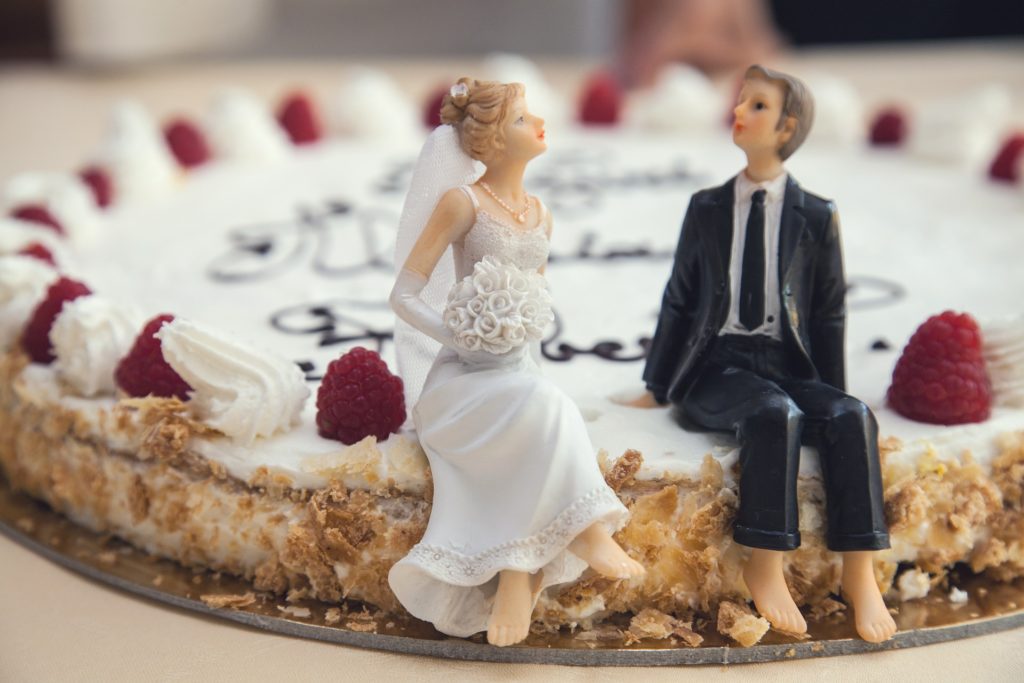
The veil
Said to have been used to hide the bride and protect her from evil spirits. The veil could also stem back to the period of arranged marriages to keep the bride’s face hidden before the deed is done.
Carrying the bride over the threshold
As above, during a time when the couple to be worried heavily about the influence from evil spirits on their wedding day, this led to a number of superstitions.
The bride was traditionally carried over the threshold of the newlyweds accommodation as the soles of her feet were perceived to be at the greatest risk of intrusion from evil spirits. Although still regularly carried out, this is not as easily done after a night of dancing and multiple jagerbombs.
Bridesmaids
There to help the bride on her special day and of course to organise a great send off at the hen do! In the olden days, the bridesmaids most important roles were to act as a distraction to confuse any evil spirits near by as they were dressed in similar fashion to the bride.
Groomsmen
Picked from your best pals from school on the basis they’ll throw you an awesome stag do?
In times gone by, the groomsman were selected based solely on their swordsmanship skills.
The best man was literally the best swordsman that would be able to protect the couple from any threats that may present themselves during the ceremony.
So there you have it! We hope you enjoyed finding out more about some of the most popular wedding traditions and what they mean.
It is of course your special day, so sprinkle as few or as many of these as you like to create your own memories!

